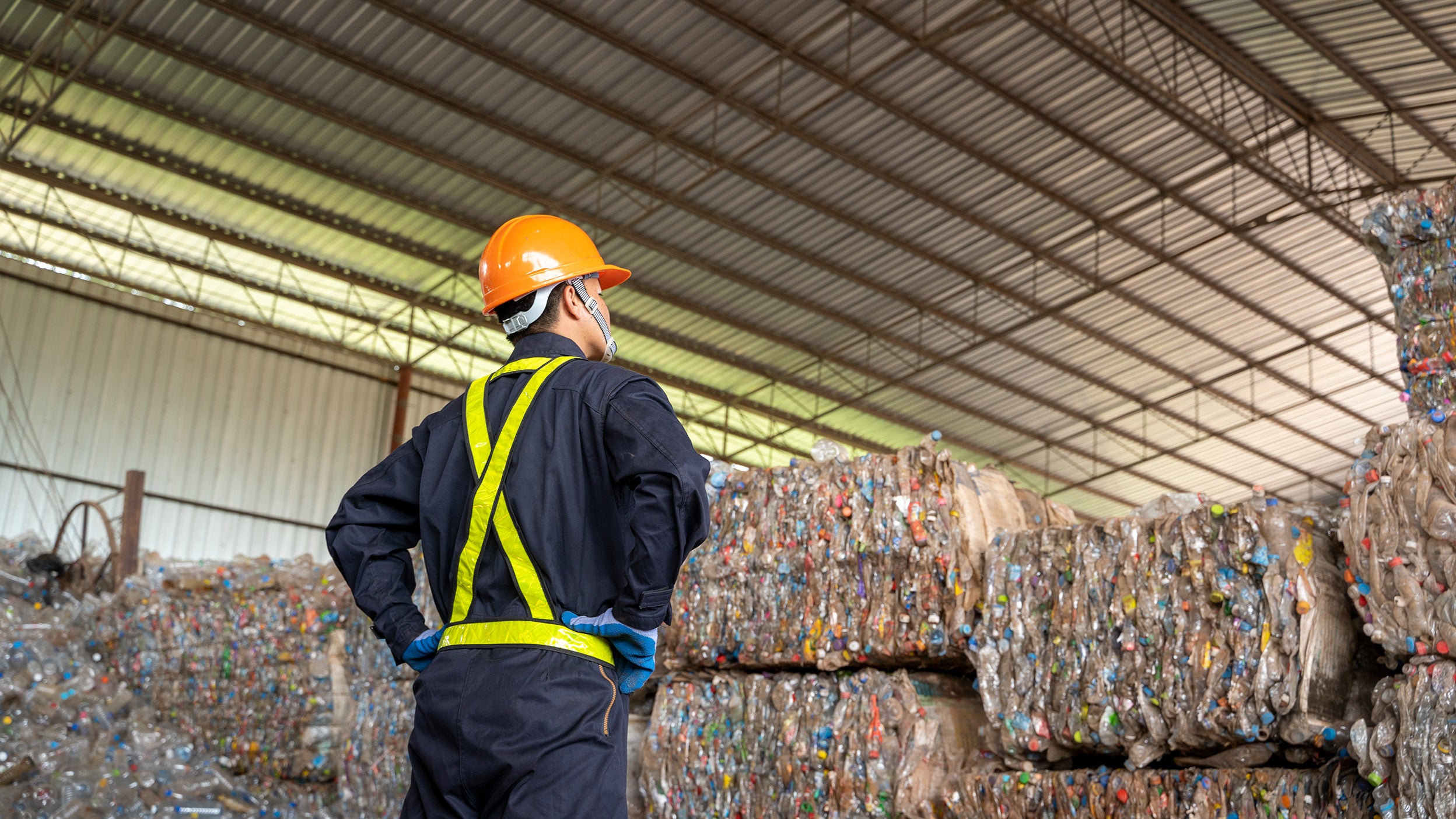
Life beyond zero: Opportunities in the European money market
With negative interest rates deeply entrenched in the eurozone, there has been much discussion about how to achieve a zero yield.

Aggressive macro and fiscal policies and a vaccine rollout that potentially paves the way for normalized economic activity have renewed the market’s focus on inflation. Although base effects are likely to push up inflation in the first half of 2021, we expect inflation to remain well contained in the medium term due to excess capacity in the service sector and the residual impacts of COVID-19. We lay out our near and longer-term views on inflation below.
US inflation plummeted in response to the sharp demand contraction due to the COVID-19 shutdown. Inflation has begun to recover, but on a year-over-year basis, remains depressed versus before the COVID-19 shutdown. This is likely to change in 2021 as the period of the shutdown recedes, and the base effects lead to a year-over-year pickup in measured inflation in Q2 2021. Measured core inflation should equal or surpass the level before the shutdown by mid-year 2021. This just represents the impact of the shutdown washing through and the economy returning to an inflationary trend. Inflation breakevens, measured by the US Treasury Inflation-Protection Securities (TIPS) market, are indicating exactly this dynamic, having returned to the levels that prevailed before the shutdown.
Source: Macrobond, data from Jan. 1, 2006, to Dec. 1, 2020.
US inflation in the medium term will likely be driven by the confluence of two different factors. The first factor is the extraordinary amount of monetary stimulus that has been put into the US economy. This has led to sharp growth in lending and monetary aggregates. The sharp growth in money supply should put upward pressure on prices in the coming two or three years. The exact amount of upward pressure is hard to calibrate, but we have not seen growth in monetary aggregates like the current situation in many years. This argues for inflation two to three years out breaking above the levels that have prevailed in recentyears. This might allow US consumer price inflation to achieve levels above 2.5%. This is why Invesco Fixed Income favors yield curve steepeners and long inflation breakeven trades.
Source: US Bureau of Labor Statistics, Invesco estimates, data from Dec. 31, 2019, to Dec. 31, 2020. Forecasts thereafter.
Source: Macrobond, data from Jan. 2, 2006, to Dec. 28, 2020.
Source: Macrobond, data from Jan. 1, 2014, to Jan 15, 2021.
The second factor is the amount of spare capacity in the aggregate economy. US unemployment has dropped substantially since its peak during the shutdown but still remains at elevated levels. There is likely to be continued churn in the labor market as the economy changes and evolves in response to COVID-19. While some areas of the economy will recover back to the situation that prevailed before the crisis, other areas will likely be permanently changed (think retail, travel). Workers who are impacted by this change are likely to keep spare capacity in the labor market for a while. This spare capacity is likely to keep wage pressures down and prevent a wage spiral leading to inflationary pressure.
Invesco Chief Economist John Greenwood has laid out more detail behind these two forces - what might be called Keynesian versus Monetarist. This will be an interesting time to see how these two offsetting forces interact.
Source: Macrobond, data from Jan. 5, 1948, to Dec. 28, 2020.
A key feature of the current economy is that the service sector and the industrial sector are in very different cyclical positions. The service sector is in an early cycle, which should exhibit very little inflationary pressure; the industrial sector is in a mid-to-late cycle and is likely to exhibit upward price pressure due to high levels of demand and capacity constraints.
The COVID-19 shutdown has largely been a service sector recession, not an industrial recession. This is an unusual dynamic, as recessions are normally driven more by the industrial side, which is typically more volatile than the service sector. In this case, the service sector parts of the economy were those that were directly impacted by the shutdown orders. There is significant excess capacity in the service sector, and a recovery in the service sector from the shutdown has only just begun.
The industrial side of the economy, on the other hand, had very little setback during the shutdown and is now facing a sharp increase in demand. The industrial side of the economy has little spare capacity just when it is facing a demand pickup. This is leading to mid-to-late cycle dynamics in the industrial side of the economy.
The US housing market is just one of several examples of a large pickup in demand in a sector directly tied to the industrial side of the economy. There was virtually no shutdown in the housing market, and housing market activity in the US is now running the strongest it has in a decade. There was little excess supply of houses to start with, and demand has picked up. This will likely lead to pricing pressures in this market as well as in the commodity markets that supply the raw materials for the housing market.
Source: Macrobond, data from Jan. 3, 2000, to Nov. 30, 2020.
This dynamic is visible across a range of industries, and we are starting to see the pricing pressure in spots. Iron ore and steel prices are rising sharply. Shipping costs are rising, and oil prices have started to rise again. These are all signs of pricing pressure on the industrial side of the global economy, and this trend is likely to continue, in our view, for the near future. This will likely lead to continued strength in commodity prices and support for goods prices.
Source: Macrobond, data from June 1, 2018, to Jan. 14, 2021.
Source: Macrobond, data from Feb. 1, 2016, to Dec. 1, 2020.
This dynamic will likely mean that, although there will likely not be inflationary pressure across the US economy, there will probably be areas of strong inflationary pressure in pockets tied to the industrial side of the economy.
Near-term measured inflation will likely continue to rise to return to the levels that broadly prevailed before the pandemic. In the medium term, we expect the stimulus in the system to cause inflation to gently rise to levels close to the top of the range for the recent decade. The spare capacity still in the economy, particularly in the labor market, will likely restrain any increase in prices. The important inflation dynamic in the near term will likely be the dichotomy between the service and industrial sector. Prices tied to the industrial side of the economy are likely to continue to experience upward pressure, while service prices will likely remain moribund.

With negative interest rates deeply entrenched in the eurozone, there has been much discussion about how to achieve a zero yield.

At Invesco Fixed Income, we see several megatrends that are likely to support a shift in consumer behavior toward such ESG considerations over the longer term.
The value of investments and any income will fluctuate (this may partly be the result of exchange rate fluctuations) and investors may not get back the full amount invested.
All data is as at 31 January 2021 unless otherwise stated.
This document is marketing material and is not intended as a recommendation to invest in any particular asset class, security or strategy. Regulatory requirements that require impartiality of investment/investment strategy recommendations are therefore not applicable nor are any prohibitions to trade before publication. The information provided is for illustrative purposes only, it should not be relied upon as recommendations to buy or sell securities.
Where individuals or the business have expressed opinions, they are based on current market conditions, they may differ from those of other investment professionals, they are subject to change without notice and are not to be construed as investment advice.